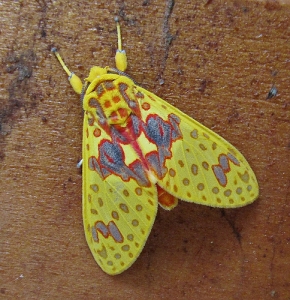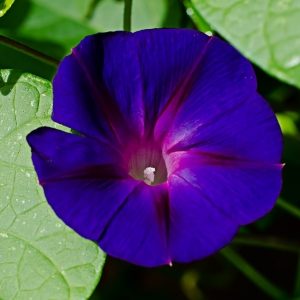Animism and Earth Ritual

Consider animism on a spectrum. If you look down on people from other backgrounds and see nature as a resource for humans to exploit, you’re not very animist as your relational sphere doesn’t extend beyond living humans who are like you. If you appreciate humans of all sorts, connect with companion animals, and respect many wild kin as also intelligent and worthy of respect, then you’re more animist. If you also deeply bond with other forms of life and dialogue with plants, animals, and other unseen forces, then you’re more animist yet. The wider your field of meaningful relationships, the more you fit the description of an animist.

Many humans tend to devalue and objectify our other-than-human kin in similar ways. The global ecological crisis sources largely from the tendency, especially among modern industrialized nations, to see the rest of the natural world only in terms of human desires. When we see things rather than people, resources rather than relatives, we are no longer accountable to the rest of life. Conversely, when we view animals, plants, and others as extended family, we are more likely to relate with them in ethical ways. Contemporary animists, myself included, often feel passionate about humans coming back into conscious dialogue with our other-than-human kin as this shift toward a more relational approach calls for a decrease in ecological devastation.

For years I used the term “earth-honoring” to refer to animist views and traditions; however, animists are also sun, moon, and star-honoring. Most people who could be described as animists have no need for an academic term to describe their worldview. I’m an animist, but I don’t introduce myself that way at parties. Remember that animism is a generalized approach to life that is learned rather than innate, meaning folks of any age or background can learn to inhabit more relational ways.

Learning to relate well with family ancestors is also a great place to focus a calling to animist teachings as our lineage ancestors are advocates for healthy families and much-needed cultural healing. We all have ancestors who lived as earth-honoring people during their time on Earth, even if it’s a thousand years or more along any given lineage. By coming into relationship with our wise and loving ancestors, we access tremendous vitality and support for fulfilling our potential on Earth. Ancestral healing also benefits our living families and calls in blessings for future generations. For more on ancestor reverence and ritual see the ancestors page.

Over the past two decades I’ve guided hundreds of place-focused rituals, largely in the San Francisco Bay Area and now at times in the Southeastern United States. Examples include: rituals to feast the mountain spirits, peace tree ceremonies for ancestors of place, five week-long wilderness quests (co-led) near Mt. Shasta and day quests in the Bay Area, grief rituals to welcome returning rains and salmon, healing rituals at mines and areas of ecological desecration, leadership of five conferences featuring diverse earth-honoring teachers, and extensive ritual to honor local animal and plant relations. As I get increasingly anchored in the Southeast, my public teaching with the others is here: Practical Animism Online Course.

This also means that individual healing calls for folks to be appreciated in light of their unique destiny, personal medicine, and specific soul-level gifts and challenges. Treatment of suffering follows from kind and accurate perception of one’s uniqueness. This is also the foundation for solid spiritual mentorship. Effective human-to-human care considers not only the degree of alignment with personal destiny and the influence of important human relationships but also of family ancestors, local Earth energies, and other unseen forces. These relational values inform my approach to mentorship, community ritual, and any type of healing work. For more on individual work with a mentor in ritual arts, consider the Ancestral Healing Practitioners.

A few animist values include: honoring sacred difference with respect to each person’s path of destiny, giving reverence to the spirit forces that surround your beloved human folk, finding shared forms of reverence and praise, and making sure to draw on community support while also protecting your close relationships from envy and jealousy. To further engage perspectives on animism and earth reconnection see the archive of free resources on the media section of this site.

